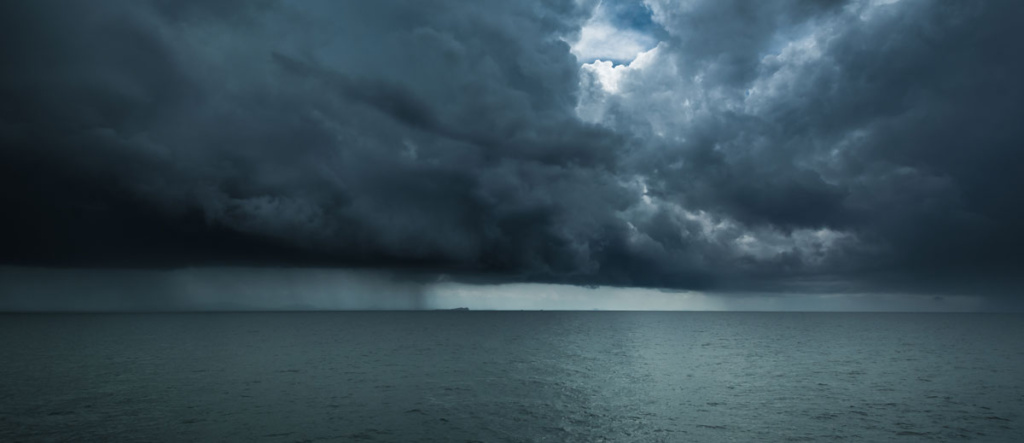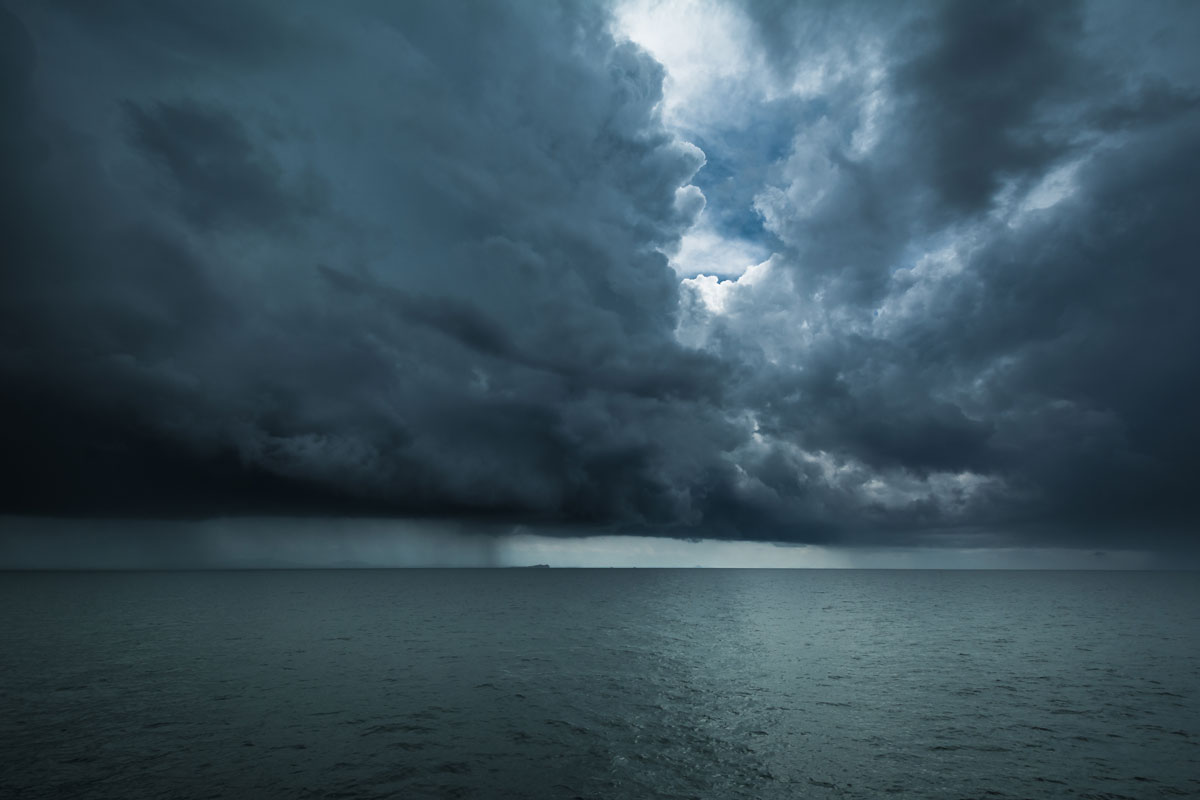It’s getting to be that time of year again when Southwest Florida boaters can expect daily afternoon storms to roll through from mid-June to late August. In fact, Florida sees upwards of 100 thunderstorm days each year, and while a brief storm on land isn’t a problem, it can quickly become a life-threatening situation on the water.

Lightning Strikes
Boat U.S. estimates that lightning strikes roughly 1 out of every 1,000 boats in any given year, and because Florida accounts for 33% of all lightning strike boat insurance claims, the odds of it happening in our waters are much higher. While sailboats with their tall masts and larger boats are more likely to get struck, the chances go way up if yours is the only boat in the area during an electrical storm. Being struck by millions of volts of electricity can blow out your through-hull, completely sink your boat, or potentially even kill you. In a best-case scenario it could fry all of your electronics.
Weathering a Storm
When a storm begins to build above you, the first and best option is to head to shore. If you’re unable to get off the water safely, anchor in a sheltered area as soon as possible and follow these rules:
DO put on your life jacket.
DO lower any masts, bimini tops, fishing rods, outriggers, antennas and other tall objects that could attract lightning.
DO get low and move to the center (in runabouts) or move inside the cabin (in overnighters) and stay as far away from electrical outlets, appliances and other metal objects as possible.
DO remove all metal jewelry.
DO NOT use a fixed VHF radio during lightning (handheld radios are fine).
DO NOT grab or hold onto two metal objects at once. This includes railings, metal steering wheels and other equipment. (Some boaters even keep a wooden spoon onboard to steer with on such occasions.)
DO NOT get into the water.
Know Before You Go
Obviously, the best way to deal with our stormy summer weather is to simply avoid it. Floridians know a sunny morning doesn’t necessarily lead to a calm, sunny day. Check weather reports in advance and postpone your boating plans if storms are likely. If you must go out, try to schedule your trip before or after the typical afternoon storms.
Even when the forecast looks fine, small localized storms can be less predictable. When you’re out on the water, keep eye on the sky and tune into NOAA Weather Radio (usually found on VHF channels 1 through 9), or download and set up one of many mobile apps that allow for special lightning and severe weather alerts.
Lightning Damage
There are an increasing number of options available to help protect your boat from damage during a lightning strike. While lightning protection systems don’t prevent strikes, they do provide a safe discharge path for the lightning. You can also have surge-protective devices and voltage surge suppressors installed on all equipment that is either mission critical, expensive or hard to replace like chart plotters, alarm systems, etc.
Whether you want to better prepare your vessel or repair existing storm damage, the service experts in our Boater’s Directory are happy to offer storm protection and safety solutions, assess repairs, and provide anything else your boat needs this summer.
As always, remember to practice caution, have fun, and don’t forget to visit goboatingflorida.com for more helpful boating tips and advice!

